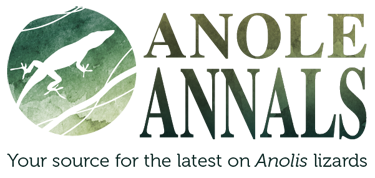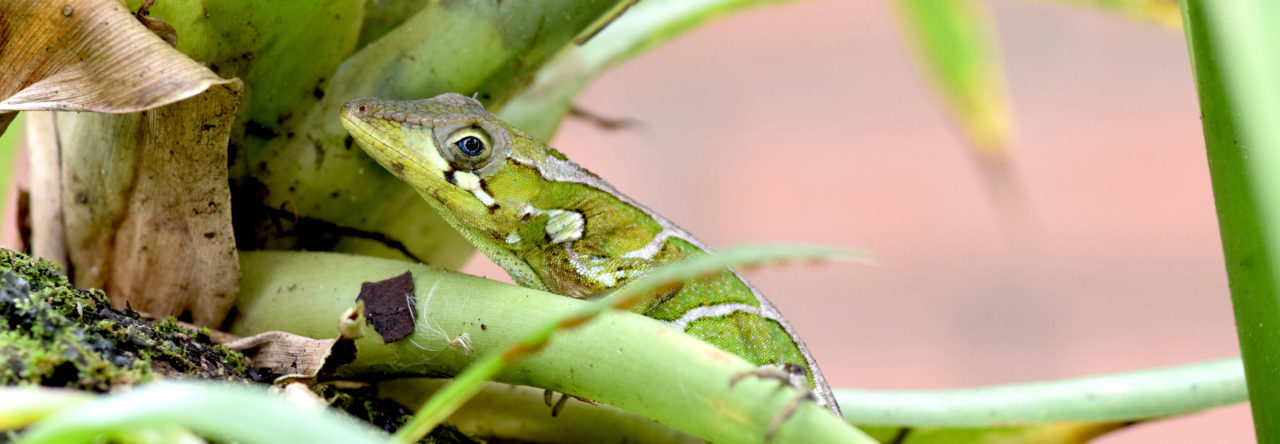A week ago Friday, 60 people gathered at the Burke Museum in Seattle to celebrate the career of Ray Huey. And what a career it’s been: thermal ecophysiology, comparative methods development, rapid evolution in Drosophila, effects of global warming on ectotherms, and much, much more.
 And we heard all about it, and then some, in the eight talks that filled the day’s proceedings. The presentations were many and varied, but all had one theme: the important role Ray has played not only in the development of important ideas in science, but in the lives of the people with whom he has interacted. Here’s a few highlights:
And we heard all about it, and then some, in the eight talks that filled the day’s proceedings. The presentations were many and varied, but all had one theme: the important role Ray has played not only in the development of important ideas in science, but in the lives of the people with whom he has interacted. Here’s a few highlights:

Paul Hertz, who has worked with Ray since they were graduate students, reflected on Ray’s early days up to the present
Next up was Joel Kingsolver, who provided an insightful analysis of Ray’s publishing approach.
Particularly thought-provoking was the question: “What would Ray ask? The legacy of the well-asked question.”

Ray is famous for papers whose titles ask a question–e.g., “How often do lizards run on empty?”, “Is a jack-of-all-temperatures master of none?”–and Kingsolver’s analysis indicates that half of all Huey papers will pose such queries by 2050.
A number of other talks provided insights about Ray as a fellow graduate student, a graduate advisor, and a collaborator, including details on the dark Drosophila years.
Ted Garland then very ably reviewed the lessons Ray has taught many of us.

Rules to live by. And I discovered that I’m not the only one who has never used “In order to” after being edited by Ray.
Ray was then given an opportunity to present a rebuttal. Unfortunately, by then the damage was done and there was no undoing the angelic image that had been produced by the previous talks, much as Ray may have tried. Among other things, Ray spoke of how he got into zoology. Turns out he initially went to Berkeley as a pre-med–picture that! But then he took Richard Eakins’ embryology course and Starker Leopold’s wildlife management course, and the final clincher was the famous Zoology 107, “Natural History of the Vertebrates,” with Ned Johnson, Robert Stebbins and Seth Benson. “I loved it. Devoured the lectures–could not get enough. Nothing else mattered. All I wanted to do was learn more,” said Ray.
 After the afternoon session, there was a delightful wine-and-cheese-fueled poster session. The posters were great, but so were the surroundings of the lovely Burke Museum.
After the afternoon session, there was a delightful wine-and-cheese-fueled poster session. The posters were great, but so were the surroundings of the lovely Burke Museum.
 Then a fine dinner, after which there were a variety of amusing and touching testimonials. I gave one of the last ones, extolling Ray’s everyman’s way of connecting with students, as evidenced by his comportment on a Berkeley natural history field trip to the Mojave Desert in which showed he did not take himself too seriously, while napping.
Then a fine dinner, after which there were a variety of amusing and touching testimonials. I gave one of the last ones, extolling Ray’s everyman’s way of connecting with students, as evidenced by his comportment on a Berkeley natural history field trip to the Mojave Desert in which showed he did not take himself too seriously, while napping.
 More stories from that trip, and many others, can be found on Hueyblog, the website set up for Hueyfest. The evening concluded with a rousing chorus of perhaps slightly inebriated attendees imitating–at the suggestion of Eric Pianka–the clicking call of the barking gecko.
More stories from that trip, and many others, can be found on Hueyblog, the website set up for Hueyfest. The evening concluded with a rousing chorus of perhaps slightly inebriated attendees imitating–at the suggestion of Eric Pianka–the clicking call of the barking gecko.
To me, the enduring impact of Ray’s career was encapsulated in two ways. First was the comment made by one attendee that I think spoke for all of us. She said she was in a way disappointed, because given the way she had been treated by Ray, going out of his way to help her move forward in her career, she thought she was special, but now she realizes Ray treated everyone that way. And in that way, second, this treatment is a wonderful example of the “Pay It Forward” principle. Ray has been so great to so many people, and it is evident that, in turn, we treat our colleagues and students in the same way, trying to give to others what Ray has given to us.
Finally, three big cheers for the organizers, George Gilchrist, Kelly Zamudio and Adam Leache, who did such a wonderful job making Hueyfest such a memorable event.
- Evolution in Real Time on Lizard Island - March 23, 2025
- Spider Snags Adult Anolis osa - March 22, 2025
- An Homage to the Green Anoles of New Orleans - March 21, 2025












1 Pingback